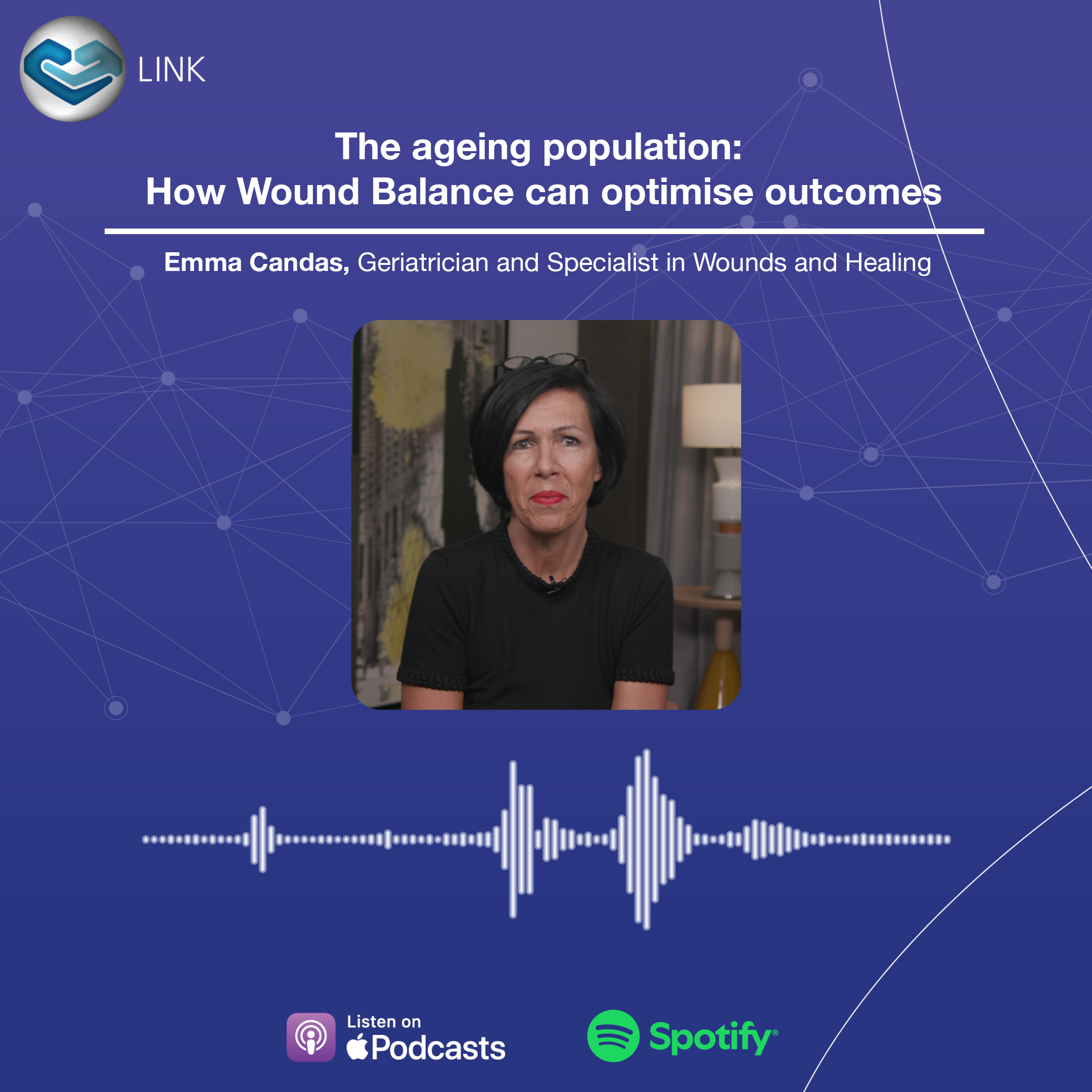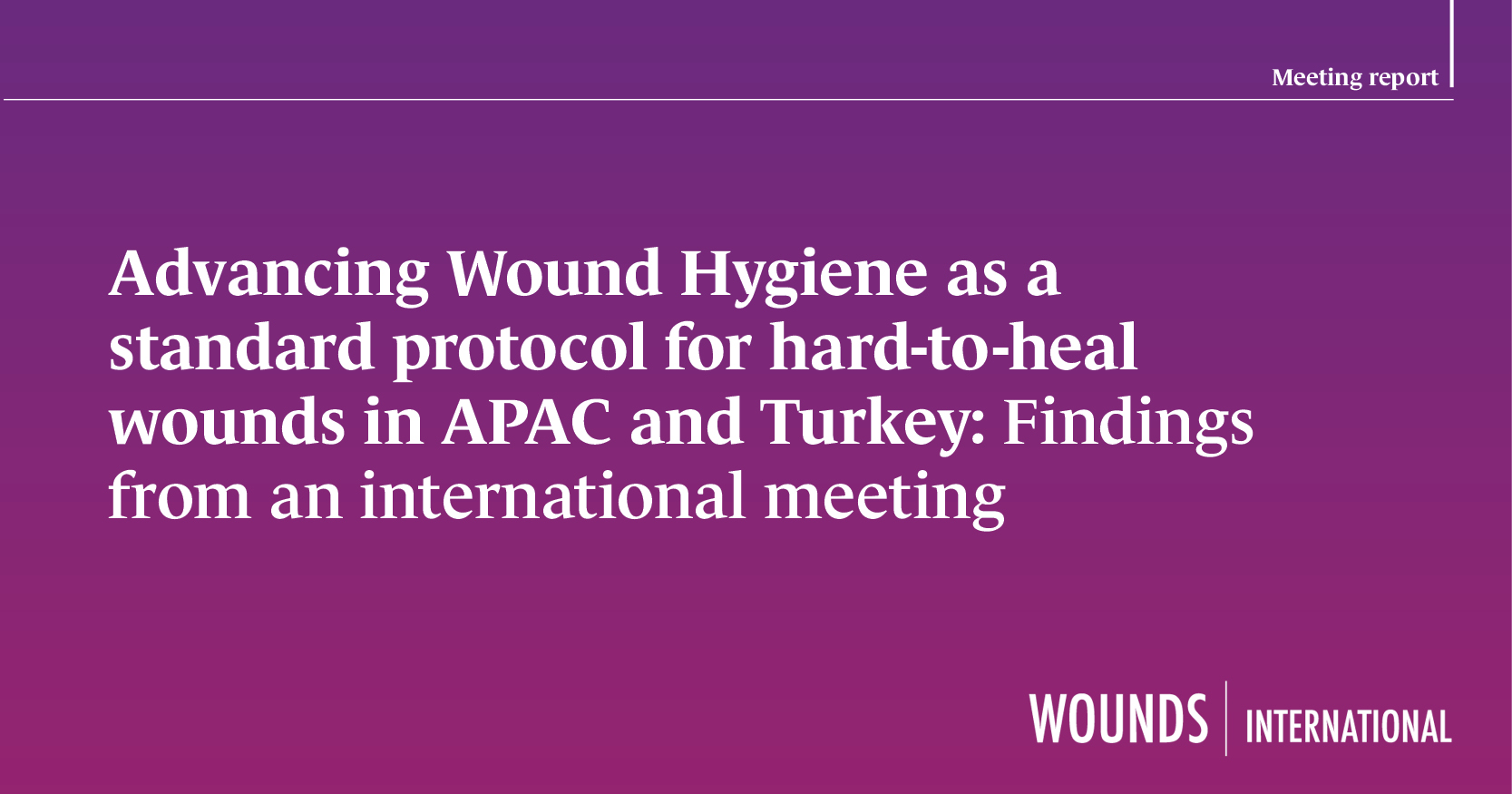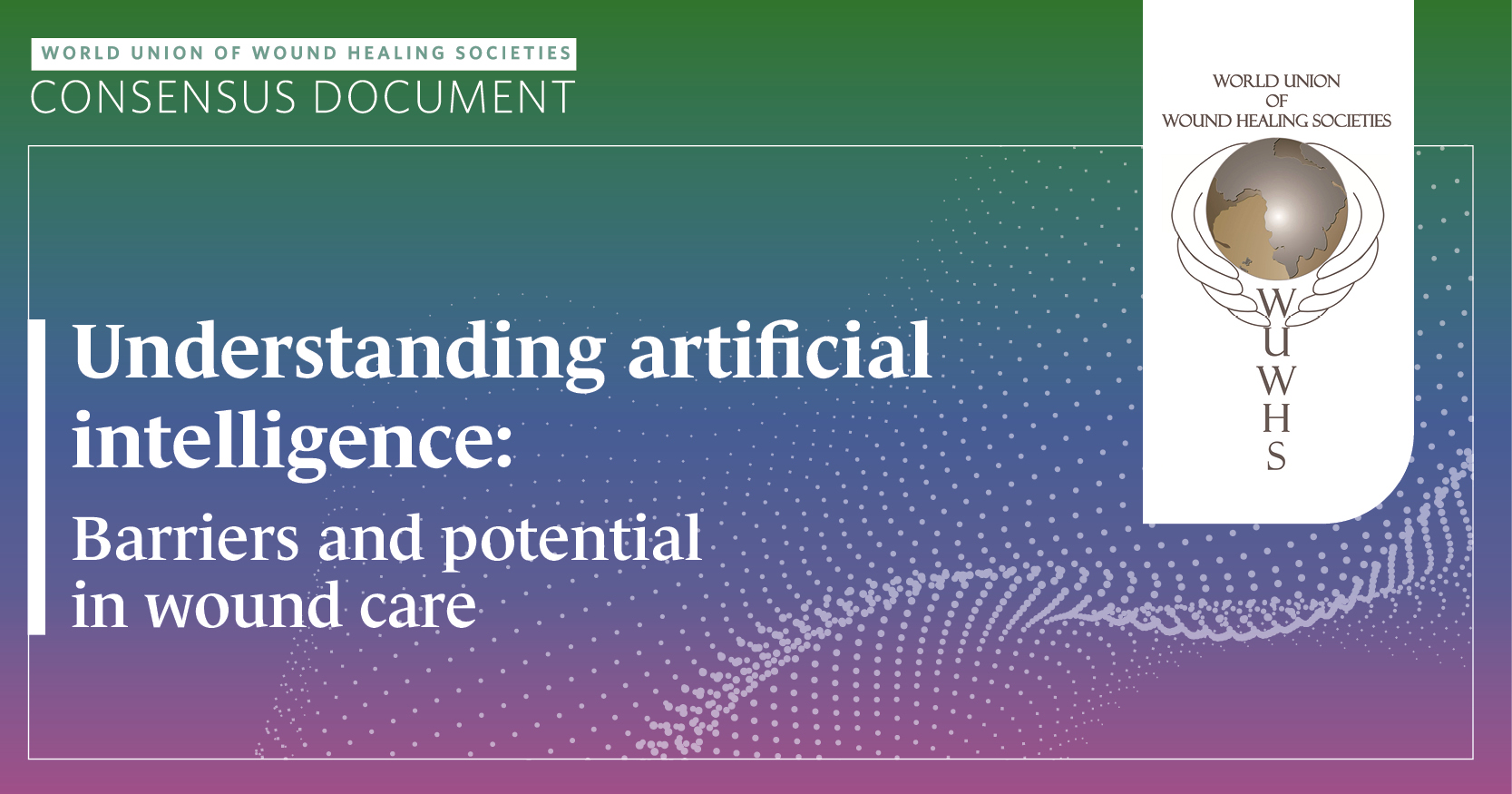Skin failure is a popular phrase in the US. The problem we have with the label is that there are no formal diagnostic criteria at this point and I have no picture of one of these skin changes. However, the term continues to be used as an explanation of skin changes seen in the critically, terminally and the chronically ill.
National Pressure Injury Advisory Panel (NPIAP) hosted a multi-specialty think tank on the issue and determined that what was being described was a form of pressure injury that is not due to pressure alone. The think tank concluded: “Non-pressure related skin failure in the critically ill is defined as skin injury that occurs despite standard preventive interventions and for which no other etiology has been identified.”
A distinct aetiology for non-pressure related skin failure in the critically ill has not been elucidated to set it apart from pressure injury.
Histopathology for non-pressure related skin failure in the critically ill has not been described.
A distinct pathophysiology for non-pressure related skin failure in the critically ill is not clear. Based on limited evidence, hypoperfusion has been proposed to contribute to the pathophysiology of non-pressure-related skin failure.
Research is needed to establish a reproducible description of the characteristic morphology and natural history of non-pressure-related skin failure.
A full discussion of the think tank’s work can be found at npiap.com.
This think tank’s decision was supported by some research done specifically to discriminate pressure ulcers from acute skin failure. Delmore and colleagues conducted two well designed studies with adequate patient numbers to clarify the problem. The outcome of the studies was that there was no way to distinguish between the two skin problems (Delmore et al, 2015, 2020).
A recent study compared the occurrence rates of hospital-acquired pressure injuries (HAPIs) between critically ill patients with perfusion issues versus those exposed to pressure (Roberts et al, 2024). The groups were composed of patients with sepsis and on artificial heart pumps versus those who underwent long operative times. Patients diagnosed with HAPIs had a statistically significant higher risk of being exposed to variables related to perfusion than immobility (P<0.05 for each variable). Perfusion-related variables had a larger effect on skin breakdown (number needed to harm (NNH) 4–10) than immobility-associated variables (NNH 12–17). The finding that perfusion-related variables predicted HAPIs may warrant consideration of alternative diagnoses, such as skin failure due to impaired perfusion as a pathophysiological process that occurs concurrently with multisystem organ failure.
The world has struggled to reduce the rates of pressure ulcers in all settings. Perhaps, the idea of risk that is not reducible will help all of us better understand the problem of pressure ulcers.





